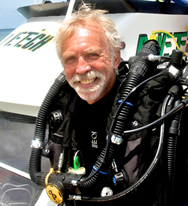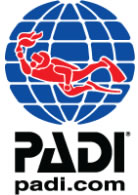Understanding Nitrox
By increasing the oxygen percentage from 21% to as much as 40%, in our breathing gas, we are displacing the amount of Nitrogen in our breathing mix thus ending up with less nitrogen . As we all learned in our Open Water class, the amount of nitrogen our body can tolerate is what limits our diving time and exposes us to the risk of Decompression Sickness, aka the Bends. By reducing the amount of nitrogen in our breathing gas, we dramatically reduce the risk of the bends. This can be as much as 300%, and at the same time increase our bottom time by as much as 300%. This benefit can be enjoyed all the way down to 132 feet, our sport diving limit, with the most beneficial depth range from 30’ to 90’.
Most Technical dives and explorations being done today, wouldn’t be possible without the benefit of Nitrox for decompression stops. Due to the complex nitrogen absorption process, the benefit of Nitrox increases exponentially with repetitive and Technical dives.
Yes, in order to dive Nitrox safely, you have to monitor your depth, but since when shouldn’t you monitor your depth? For example, before taking a deep diving class, you shouldn’t go deeper than 60’. After taking a Nitrox course, you will have the knowledge to select the mix for your dive with the flexibility you’d want.
More oxygen does not make you feel better. Your body has a built in oxygen regulator, taking only the amount your body needs, regardless of the supply. Again, the only purpose of Nitrox’s increased oxygen percentage is to reduce the amount of nitrogen.
Bottom line, diving Nitrox means less nitrogen in you body, less post dive fatigue and just plain healthier.
bullet
If you're interested in learning more about Nitrox, please take a Nitrox class from a certified Nitrox Instructor.
Contact Details
P: 425 891-6541
F: 206 374-3081
E: Contact Us
Headquarters:
Santa Barbara, CA

Peter Den Haan since 1994
Technical & Rebreather
Instructor Trainer




